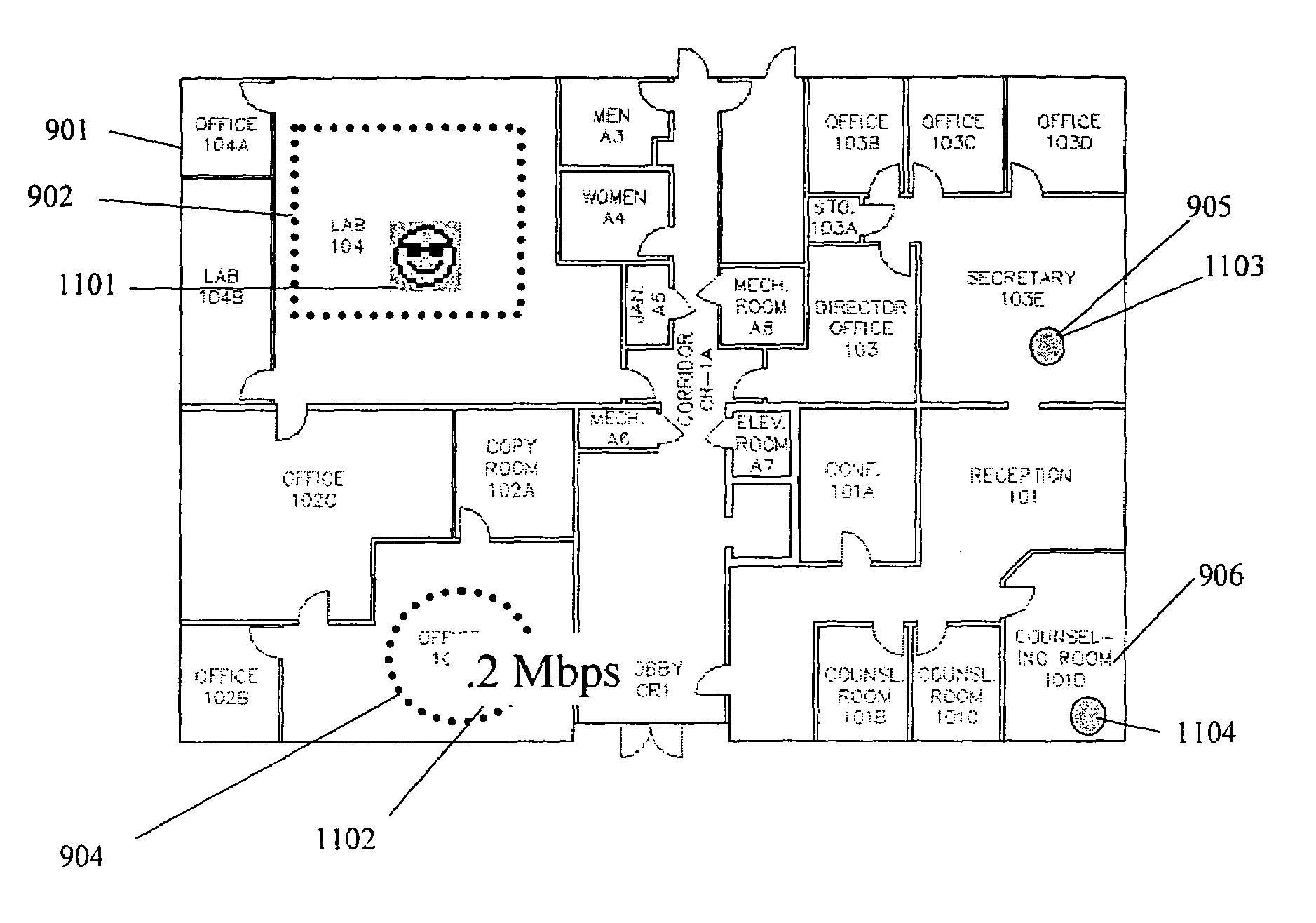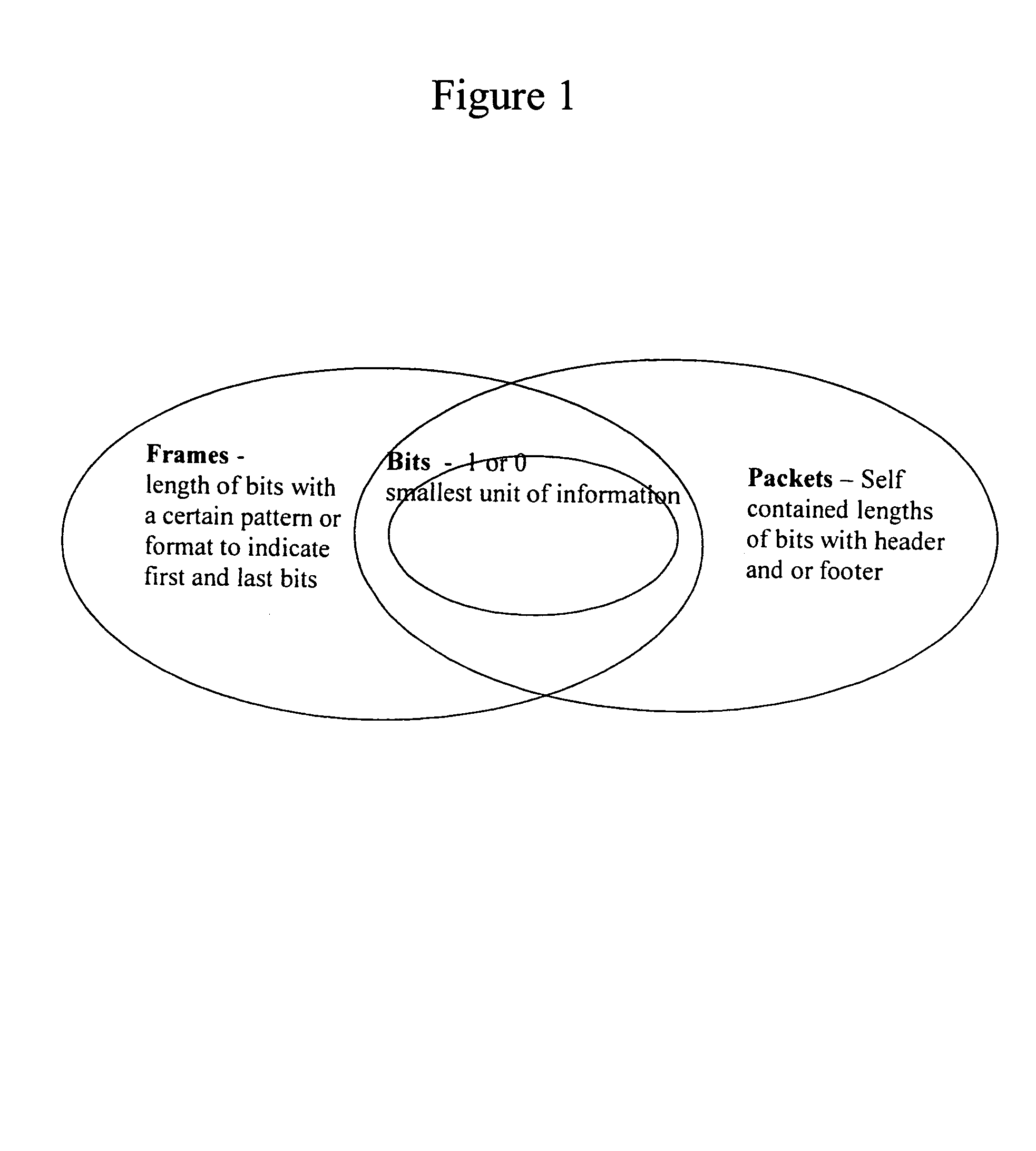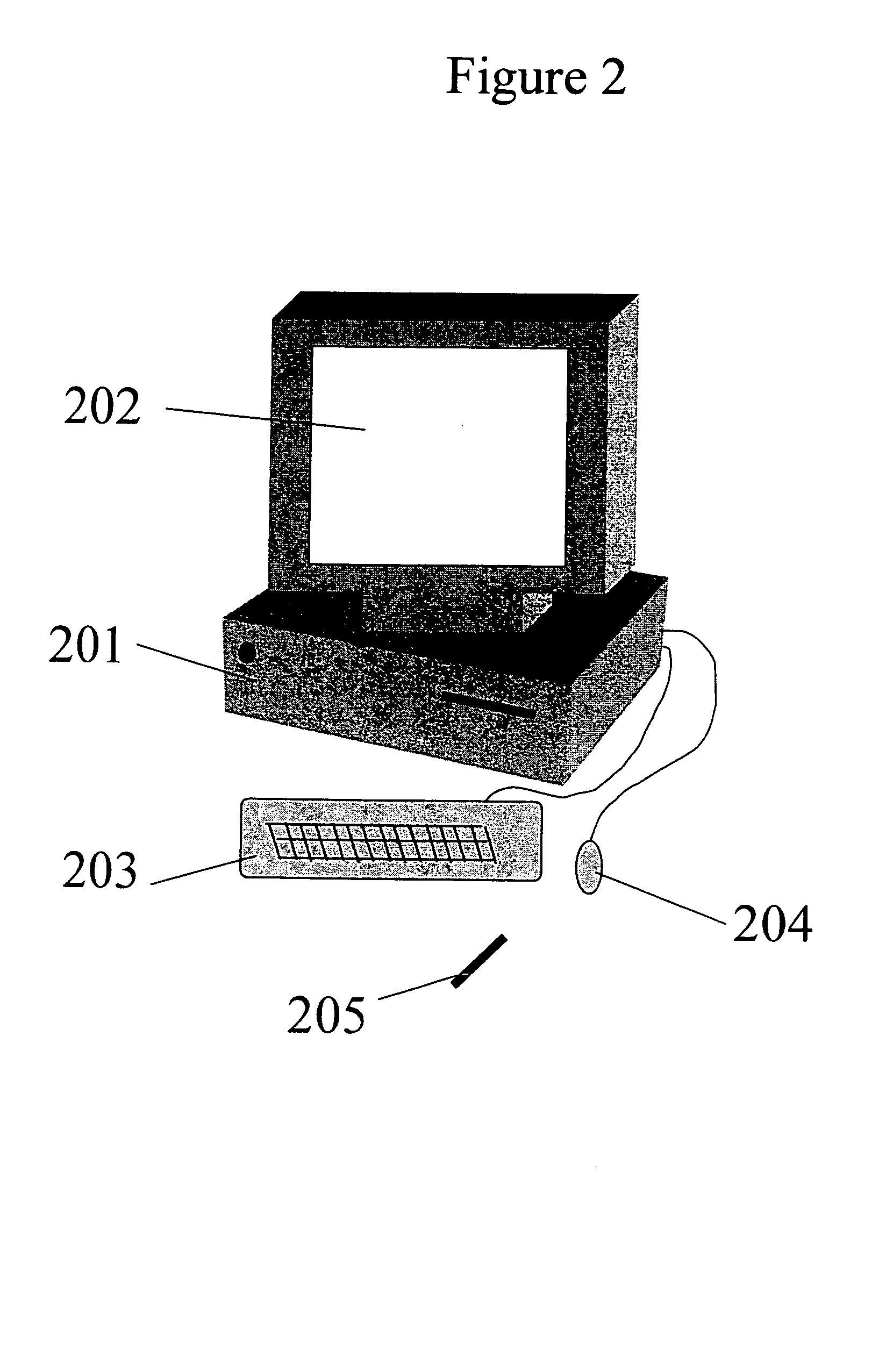Textual and graphical demarcation of location from an environmental database, and interpretation of measurements including descriptive metrics and qualitative values
a location database and environmental database technology, applied in the field of measurement science and field measurements, can solve the problems of difficult physical detection, complicated means of transmitting data from some point a to some point b, and difficulty in locating the physical location and actual installed components of such distributed networks
- Summary
- Abstract
- Description
- Claims
- Application Information
AI Technical Summary
Benefits of technology
Problems solved by technology
Method used
Image
Examples
Embodiment Construction
[0092]The present invention contemplates a system and method that provides the ability to measure, for example, the performance of communication networks, and the ability to associate each measurement reading with one or more textual strings and / or graphical icons. The present invention uses the textual strings and / or graphical icons to provide a user of the invention additional insight into the general location, network status, object status, or environment status at the instance the measurement reading was recorded. Such information may also be used at a later time, when the user later visualizes or compares the field measurements with past or future measurements. Given an image (e.g., raster image such as a bitmap, JPEG, TIFF, GIF, TGA, PCX, etc.), map, CAD file, or 2D or 3D model of a physical environment or any other information that constitutes a computer representation of a physical environment (all of which will hereafter be referred to as an “environmental model”), the pres...
PUM
 Login to View More
Login to View More Abstract
Description
Claims
Application Information
 Login to View More
Login to View More - R&D
- Intellectual Property
- Life Sciences
- Materials
- Tech Scout
- Unparalleled Data Quality
- Higher Quality Content
- 60% Fewer Hallucinations
Browse by: Latest US Patents, China's latest patents, Technical Efficacy Thesaurus, Application Domain, Technology Topic, Popular Technical Reports.
© 2025 PatSnap. All rights reserved.Legal|Privacy policy|Modern Slavery Act Transparency Statement|Sitemap|About US| Contact US: help@patsnap.com



